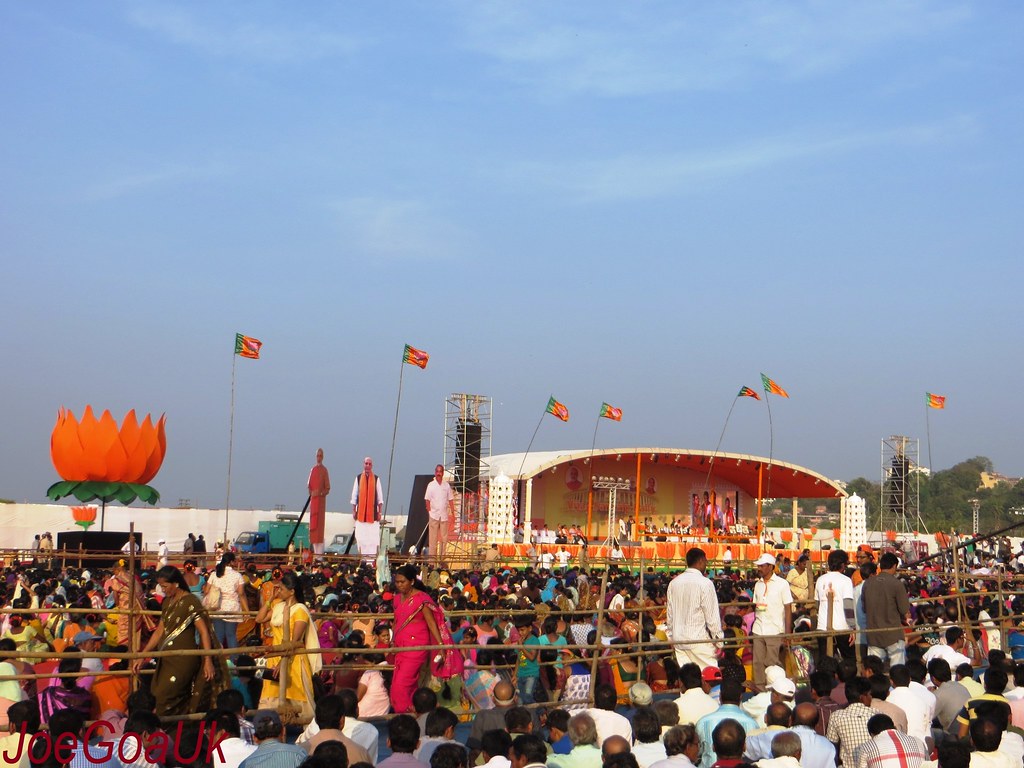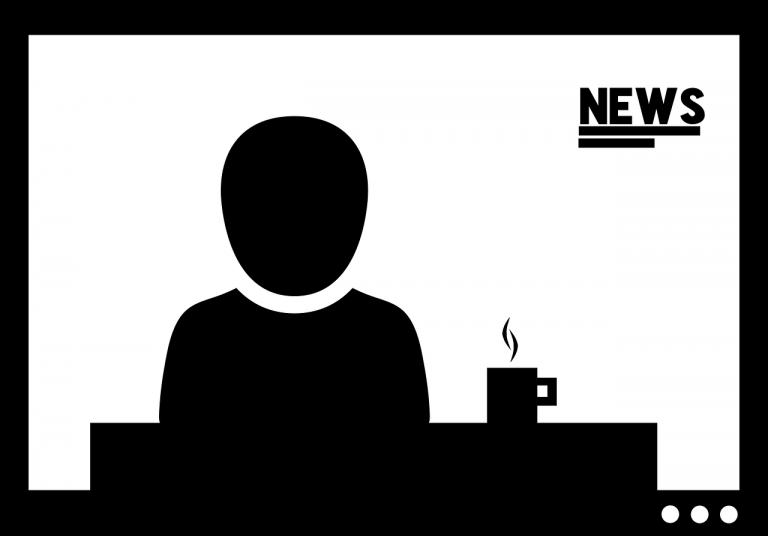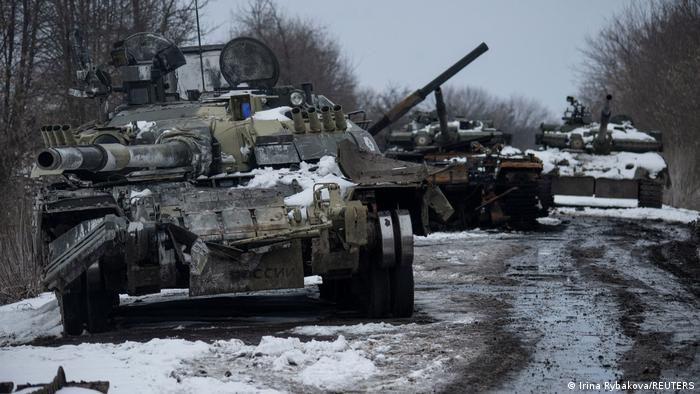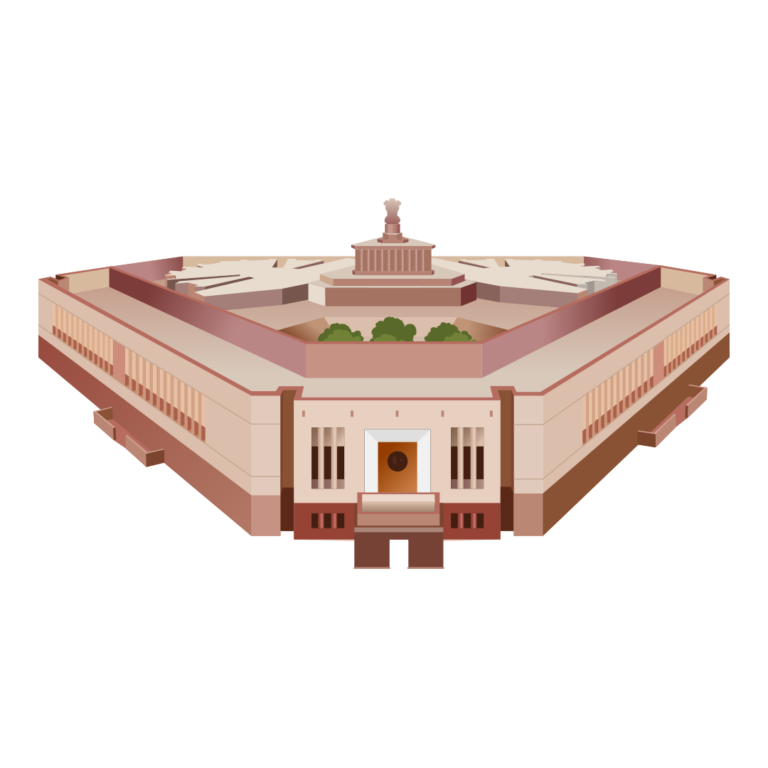A Hard Rain Falling: Radicalism in Indian Politics

Dilip Simeon is a trustee of the AMAN Public Charitable Trust. He formerly taught history at Ramjas College, University of Delhi, and has been active in democratic and anti-communal mobilization for many years.

[responsivevoice_button voice=”US English Male” buttontext=”Read out this Theel for me”]
Written in June 2012.
A baleful feature of contemporary Indian politics is the subjugation of the mind to partisanship in the narrowest sense. All commentary appears as the standpoint of this or that party, and hence not worthy of consideration by anyone other than the faithful. Serious dialogue fades away, and all we do is hurl ‘positions’ at one another. Communalism is identified with one party, caste-ism with another, corruption with a third. Conversation is reduced to sloganeering. We forget that the polity as a whole exhibits all these complex phenomena, regardless of which party commands power. And we also ignore the more far-reaching inquiry, into the acceptability of controlled mobs, private armies, vigilante groups and political assassination. These bloodthirsty practices are driven by community honour, party loyalty, caste pride or pragmatic realism. One way or another, they signify a return to a pre-political condition imbued by the dogma that might is right.
The term radicalism (going to the root of things) is usually taken in a positive sense, although ‘root’ explanations can be simplistic. But radicalism cuts across the political spectrum. What Right, Left and ‘marketist’ radicalisms have in common is dogma and fanaticism. It is not a Party but a platform of political moderation that is lacking. I do not wish to gloss over the serious distinctions between various radical doctrines, but will focus here on the similarities. These include the idea that independence is incomplete until their dogma attains power; the view that the Constitution and democracy should be used rather than respected (see below); sustained attempts towards the ideological infusion of state institutions; a self-fulfilling vision of civil society as a theatre of civil war; and the maintenance of armed groups that can be ‘spontaneously’ deployed when required. This is the ground shared by enemies and it tends to remain unspeakable. All we have is the refrain: ‘my violence is better than your violence’.
India has an old militarist tradition. It was called revolutionary terrorism in the early twentieth century, and was represented by organizations such as Anusilan and Jugantar. One of its first actions was the attempt by Prafulla Chaki and Khudiram Bose to kill judge Douglas Kingsford in 1907. This resulted in the deaths of the wife and daughter of Pringle-Kennedy, a friend of the judge. Chaki and Bose are martyrs for nationalist hagiographers, although their bomb resulted in the first piece of collateral damage by Indian patriots in the twentieth century. The tradition has many offspring, including Naxalites and Hindu Rashtravadis. The Maoist sensibility is deeply nationalist, and its basic conviction is the doctrine of just war. The Hindu Mahasabha leader V.D. Savarkar’s favourite slogan was Militarise Hindudom! This linkage is unpalatable to many, but the ideological osmosis between these different forms of patriotic fervour was based upon their common belief in violent activism and the cult of martyrdom. It is visible in the personal accounts of revolutionaries, some of whom (such as the members of the HSRA) were drawn to anarchism and communism in the 1920’s and 30’s.
Subhas Bose’s attraction to military force is well-known, and he remains popular amongst both rightists and leftists. For its part, the RSS has been a paramilitary since its inception – an AICC resolution in November 1947 warned that “the activities of the Muslim National Guards, the Rashtriya Swayamsevak Sangh, the Akali Volunteers and such other organizations…represent an endeavour to bring into being private armies, (and) must be regarded as a menace to the hard-won freedom of the country.” The resolution dates from Sardar Patel’s time, as does the ban on the RSS after Gandhi’s assassination. Since then, militarism has remained active across a broad spectrum. The Khalistanis organised ‘commando forces’ during the 1980’s. Islamist guerillas see themselves as warriors of Allah, and flaunt words like lashkar and mujahid. The North-East is teeming with generalissimos; and private armies such as the Ranvir Sena and Salwa Judum have been openly supported by mainstream parties.
By the late 1930’s, revolutionary terrorism had made an ideological impact upon politics. In an era of global warfare, now there appeared dreams of liberation by an army of patriots, to be established via a compact with the enemy’s enemy. One effect of Boses’ military adventure was to sanitise Nazism in nationalist consciousness. The implications are disturbing. A Facebook site named Lets Speak India recently posted a photo of Bose shaking hands with Hitler. At time of writing, 508 people ‘liked’ it, and many of the 68 comments expressed high admiration for Hitler. A decade ago a Delhi-based columnist reported a conversation with the principal of an elite college, who recalled that over 60 percent of the applicants for admission cited Adolf Hitler as their role model for having “given self-esteem to Germany.” For many of our youth, the deaths of millions in wars and genocide are a mere throw of the dice. The disdain for history and the mania for glory are bad enough, but the normalization of mass killing in the public consciousness should alert all democrats.
The communist attraction for People’s War became pronounced in the late 1940’s, when the CPI turned the anti-Nizam struggle into an all-out war against the Nehru government. After the Army action in 1948, the stalwart leader Ravi Narayan Reddy reportedly argued for a cessation of armed struggle. However by this time the leadership had hailed Telengana as the ‘Yenan of India’, and denounced him as a traitor. One memoir recalls Reddy being sentenced to be shot, and obliged to flee to Bombay.
In the scientific stance adopted by Marxian socialists, the ethical and emotional aspects of political activity are not considered significant. Not only is this a deflection from the intensely moral roots of their own politics, it also points to the baleful consequences of reducing rationality to a mathematical dimension. Social consensus is a fragile entity, but how is it affected by partisan vigilantism? When people are humiliated or killed for furthering some cause, the emotional effects carry political ramifications. This is true even if the victims were ‘collateral damage’, and we know that communists have no problem citing this defence of their actions.
T.P. Chandrasekharan was killed brutally, his face damaged beyond recognition. Whatever be the CPI (M)’s role in this, the fact remains that a Party secretary publicly avowed the practice of killing rivals – he even supplied details of the murders. Not long ago a primary schoolteacher was murdered in front of his students – we may imagine the impact of this upon the children. There is little doubt that the Party maintains and protects killer gangs in Kerala. In 2007 the CPI (M) deployed hundreds of armed men in vigilante actions in Nandigram. This happened whilst it was in power and could prevent the police from doing its duty. This disregard for the law had electoral consequences, but it also relates to broader questions regarding left-wing politics in India.
The Maoists have made matters worse. (I leave out the Jnaneswari train massacre for lack of space). They beat the NREGA activist Niyamat Ansari to death after abducting him from his home. They have been known to hang perceived enemies upside down to die, and to kill policemen in their custody – one of whom was beheaded. What exactly is scientific about cruelty? What is its class character? How do such acts bring us nearer to a just society? Who amongst us looks forward to a state controlled by such people? Every such action creates a spiral of bitterness. The relatives of the dead are affected for a lifetime – some dream of revenge, some repress their feelings, but in any event, they are unlikely to be impressed by communist ideas. It is time for human rights activists to start investigating the social aftermath of communist violence.
Given the partisan ambiance of all political speech, these matters will probably dissipate into a cloud of jargon-laden accusations. Pejorative ‘isms’ will be flung about to rally the faithful. Ideologies function as stones in the head, rendering their adherents devoid of human empathy and impervious to dialogue. But if there were any link whatsoever between ordinary life and grand visions, that connection is seriously damaged by the experience of cruelty. For the victim, and those close to him, it is irretrievably lost – annihilation signifies the end of hope, beauty and meaning. Fascism, Stalinism, Nationalism, Liberalism and Communalism all merge into an undifferentiated nihilist morass. Time itself is fractured – those of us who remain alive bear the loss even if we continue to fight for good causes. This is what Gandhi meant when he said: “What difference does it make to the dead, the orphans and the homeless, whether the mad destruction is wrought under the name of totalitarianism or the holy name of liberty or democracy?”
Death as punishment for loss of faith is reminiscent of the Inquisition, under which dissenters were burnt alive. Theological concepts such as heresy and blasphemy still operate amongst Leftists, giving them the aspect of medieval Popes or latter-day Ayatollahs. Murderous activities brutalise activists and create shock-waves in society. There is no doubt that goondas maintained by parties such as the SP and Trinamul conduct violent campaigns to defend vested interests. But Left politics was meant to be the civic sense of a (potentially) just order. This was what was implied in the saying: there is another world, and it is in this one.” Surely Leftists must hold themselves to a higher standard than the ruling classes?
Violence is the very grammar of exploitation and oppression related to class, caste, sex and race. It has always borne the tendency to break free of institutional constraints and become a force in itself. That is why bands of warriors are the most stable feature of class society. Capitalism thrives on violence. Tragically however, the major communist currents, instead of providing a wholesome alternative to violent reality, have become an indistinguishable feature of it.
All these historical vectors converge in their effect upon the public sphere, which is undermined by the impunity of India’s numerous controlled mobs. In 1984 the Congress transformed itself into yet another vehicle for communal hooliganism; and thereafter protected the criminals. This allowed the RSS to drag the very idea of moderate constitutionalism through the mud and slime. The habit of self-deceit progressed by leaps and bounds. For example, reports about communal incidents generally tend to name (or hint at) this or that community, but for 1984, a political category came into play: ‘Congress killed Sikhs’. (Were there Bahais and Parsis in the streets?). Here too, mobs shouting communal slogans were desecrating shrines and killing people to assert the superiority of one religion over another. And many residents of Delhi were enjoying the spectacle. But judging from the typical responses to any discussion of Gujarat in 2002, the RSS is delighted at the precedent – it enables them to say ‘What of it? The Congress did the same in 1984’. For the Sangh Parivar, it appears that one massacre deserves another. One little fact tells a big story however – the number of BJP MP’s elected to the 1985 Lok Sabha was precisely two, because Hindutva ideologues and their voters had switched to the Congress. This is why fascism cannot simply be reduced to partisan affiliations, even if some parties propagate fascist ideas whilst others make pragmatic adjustments to it. And the ruthless practice of certain Leftists completes the picture. What we are witnessing is the criminalisation of the polity – and I’m not referring to a head count of MPs. The process intensifies with every instance of impunity.
In August 1939 the ex-Nazi Herman Raushning published a book named The Revolution of Nihilism. Speaking of the dissolution of thought, he said: ‘To the conscious nihilist there are no ideas. But there are substitutes for ideas which can be foisted on the masses…The great paradox of this revolution is that its lack of principle is one of the main secrets of its effectiveness… how long can a State, a nation, a society, endure a governing elite devoid of all principle, without disintegrating?’ The great delusion of our time is that ‘revolution’ is the totem of historical progress. There is indeed a revolution underway, but not of the communist fantasy. It is the revolution of nihilism, wherein ideas and virtues lose all meaning, human beings become mere instruments, ‘action’ is always imbued with violence, and everything is subsumed within a quest for absolute power. Those swayed by Absolute Truths cannot understand that such language leads to an endless oscillation between domination and chaos. From now on, no left-wing politics can carry philosophical conviction if it fails to address the scourge of violence. The sad truth is that a faction-ridden communist movement has proven itself incapable of self-reflection when it comes to understanding its own decline.
Speak the truth
Stop the killing







